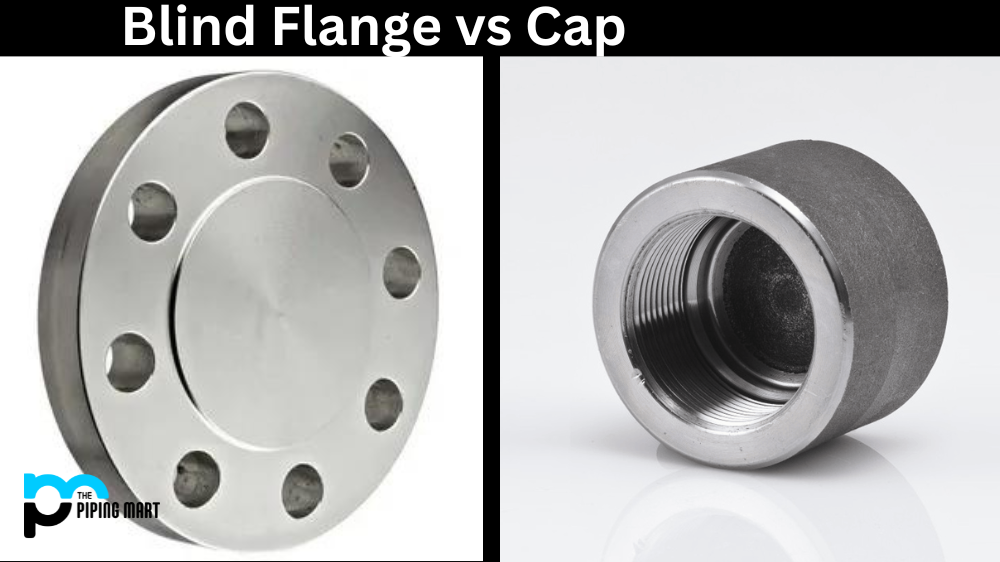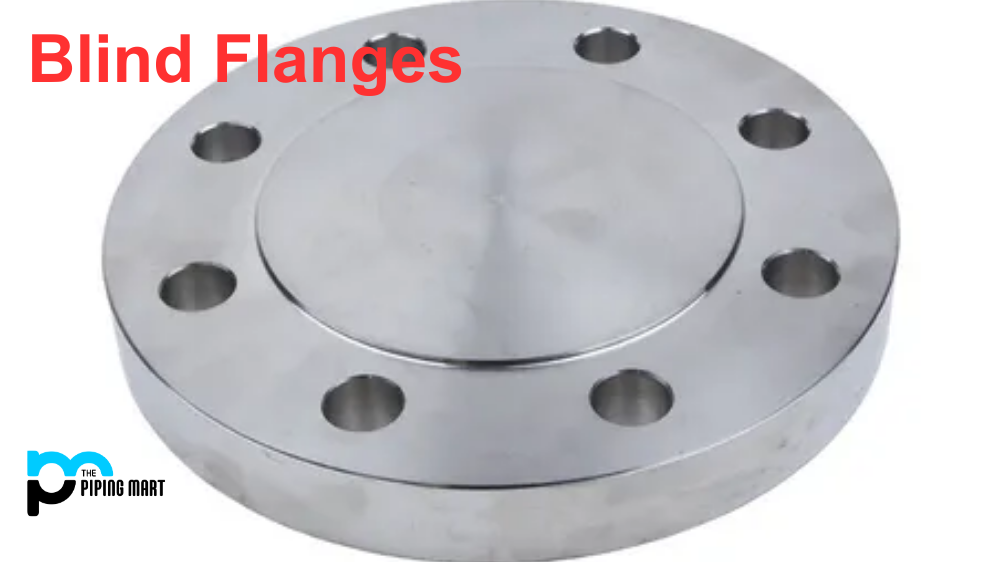If you’re in the business of engineering, then you know that the right flange can make all the difference. When it comes to socket weld flanges and weld neck flanges, understanding what sets them apart is key. Let’s break down the differences between these two types of flanges so that you can make an informed decision when choosing which one is best for your project.
What is Socket Weld Flanges?
Socket weld flanges are fittings used to join pipes together securely. They have a groove where the pipe fits Securely, ensuring a strong connection. These flanges can handle high pressure and heat, often seen in industries like oil and gas. They’re easy to install but need careful welding to avoid leaks.
What is Weld Neck Flanges?
Weld neck flanges are parts used in piping systems to connect pipes securely. They have a long neck that fits over the pipe, adding strength and reducing strain. These flanges are welded onto the pipe for a strong and leak-proof connection. They’re often used in demanding environments like oil refineries. It’s important to align them properly during welding to avoid leaks.
Difference Between Socket Weld Flanges and Weld Neck Flange
The primary distinction between socket weld flanges and weld neck flanges lies in their shape. Socket weld flanges are cylindrical with a small depression in the center, whereas weld neck flanges have a tapered neck with a bevelled end that extends from the base of the cylinder. This taper makes it easier to align the welding joint during installation. Socket weld flanges are often used in low-pressure applications where alignment is less important. In contrast, weld neck flanges are used in higher-pressure applications because they provide better structural integrity than socket welds.
Another major difference is found in their materials—socket welds are made out of forged steel or stainless steel, while weld necks are usually cast iron or carbon steel. The material chosen for each type of connection will depend on its intended use; for example, if you need a corrosion-resistant connection, socket welds may be preferable due to their stainless steel construction. On the other hand, if your application requires a more durable connection that can withstand higher pressures, then you might opt for a cast iron or carbon steel weld neck instead.
- Socket weld flanges are easier to align than weld neck flanges.
- Socket weld flanges can be used with smaller pipe sizes than weld neck flanges.
- Socket weld flanges are less expensive than weld neck flanges.
- Weld neck flanges can handle higher pressures than socket weld flanges.
- Weld neck flanges have a higher fatigue strength than socket weld flanges.
- Socket weld flanges are not as widely available as weld neck flanges.
Conclusion:
In conclusion, when deciding between socket welding and welding necks, it’s essential to consider both material and size requirements and how much pressure is expected to run through each connection. Socket welding is excellent for low-pressure applications where alignment isn’t necessary, while welding necks offer greater strength, making them ideal for higher-pressure systems. Ultimately though, it’s up to you to decide which connection will fit your project’s needs best!

Pipingmart is a B2B portal that specializes in metal, industrial and piping items. Additionally, we share the latest information and information about materials, products and various types of grades to assist businesses that are involved in this business.




